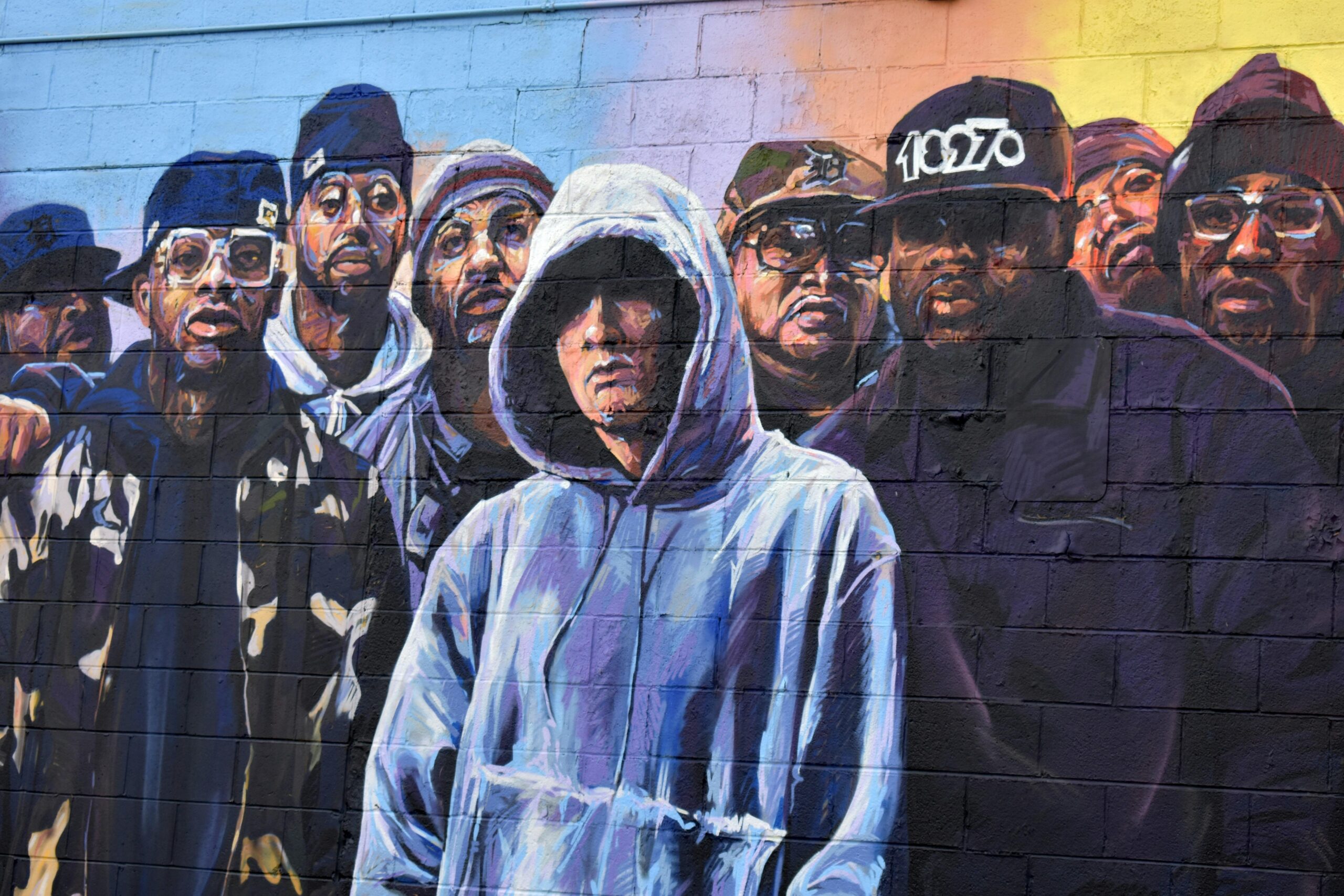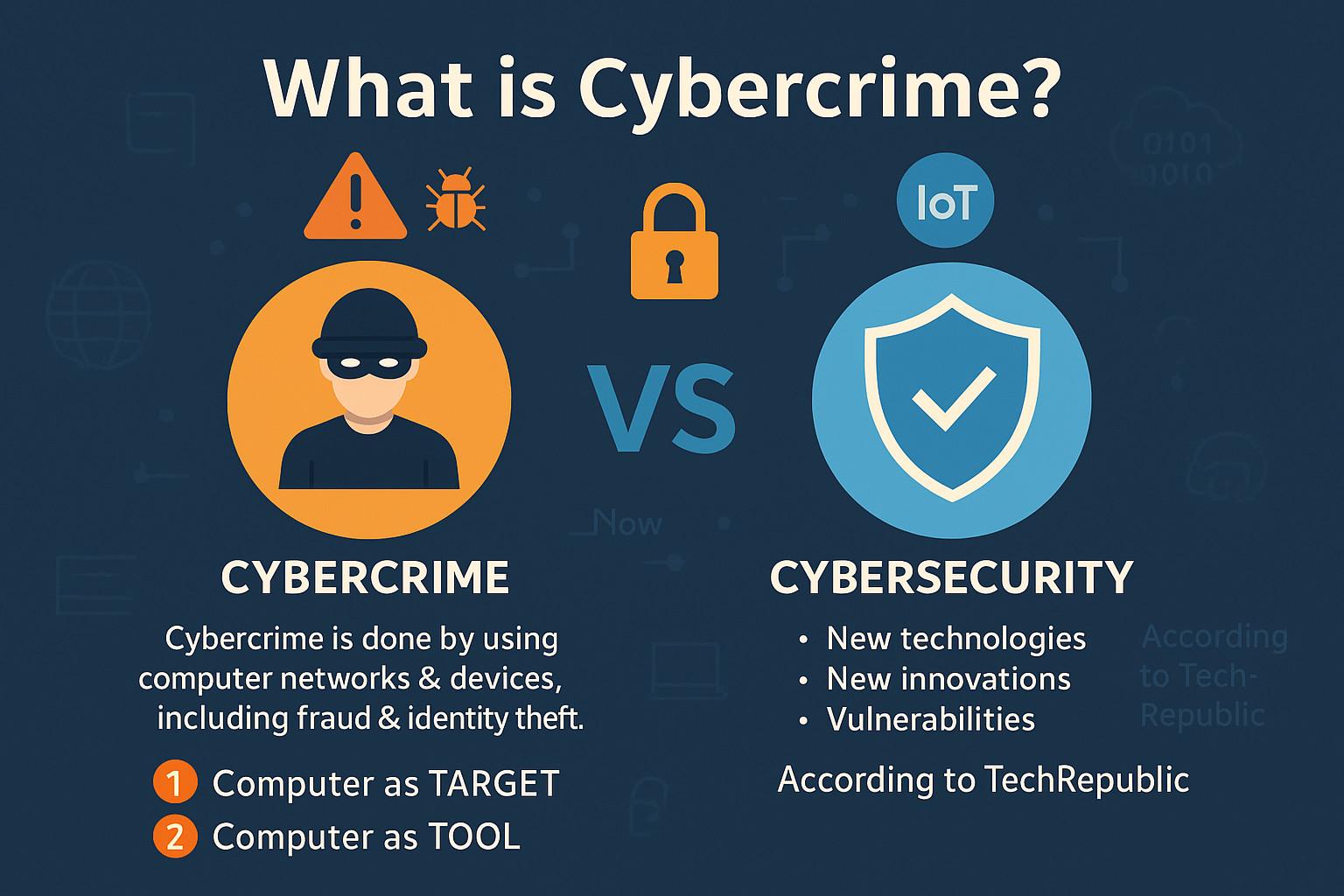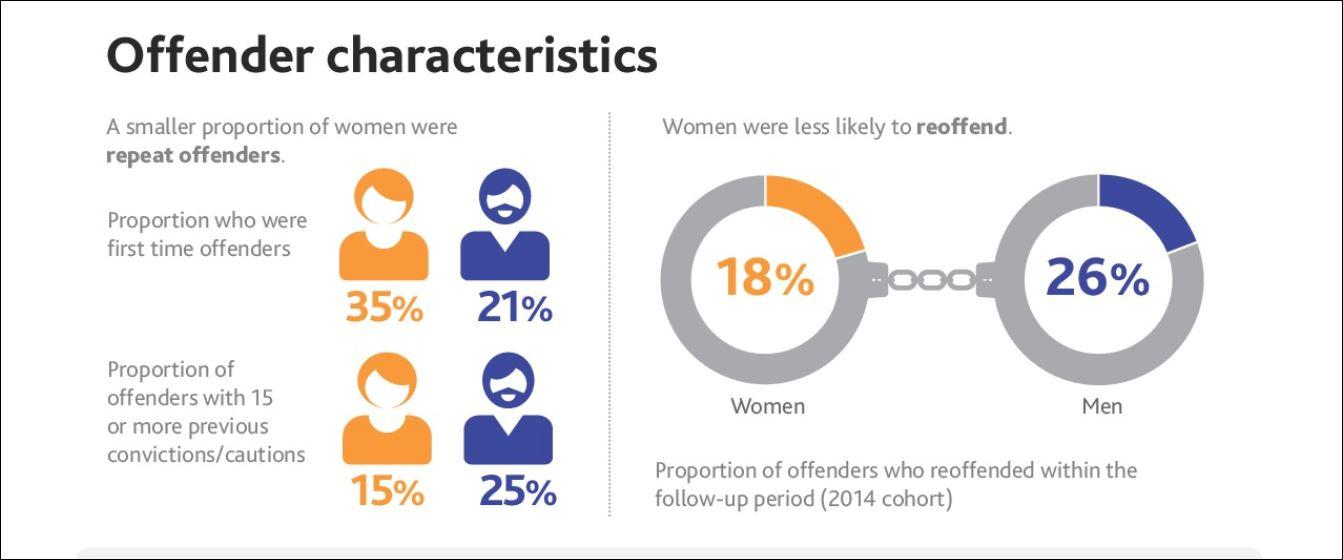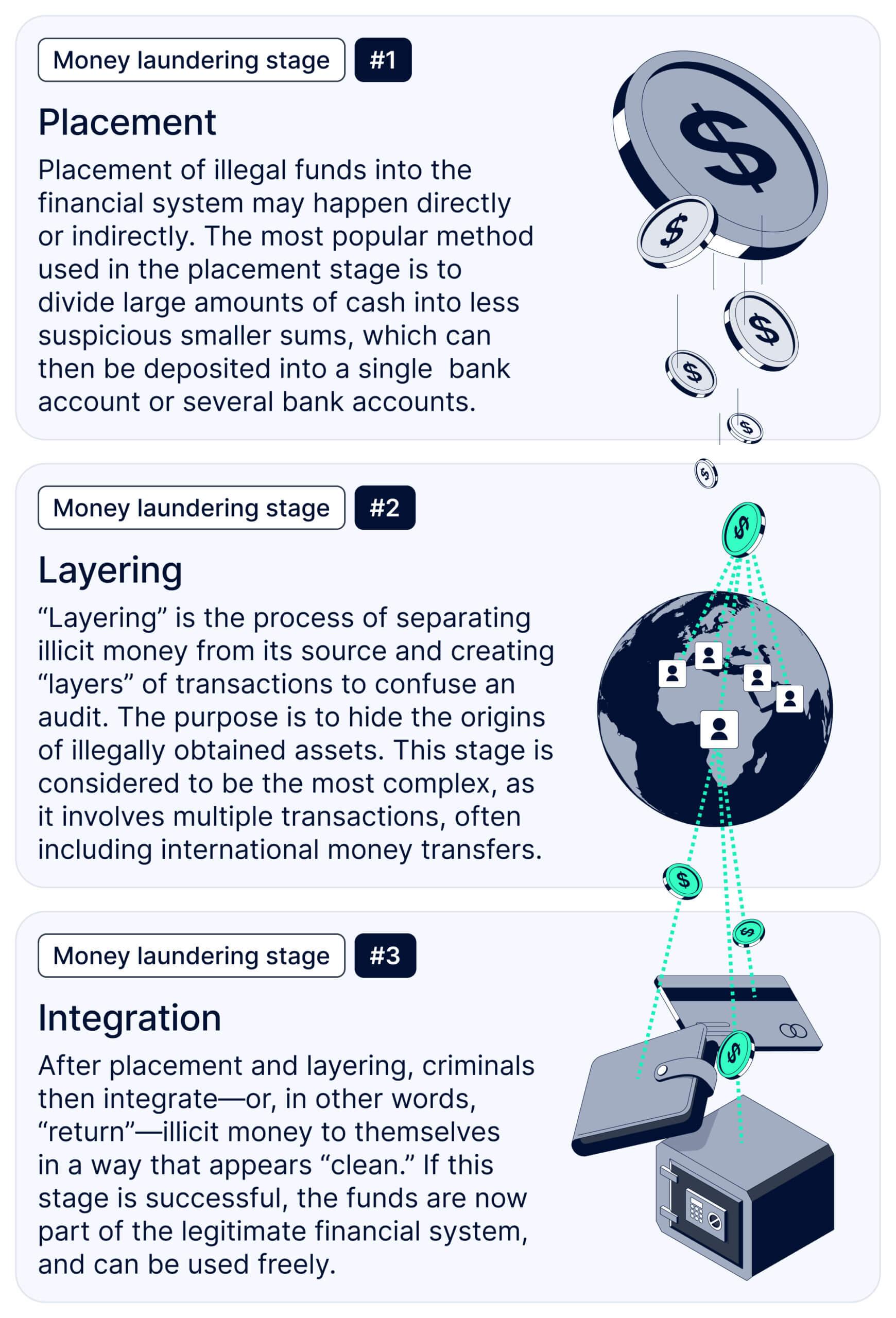When we think about gang culture, images from movies or news headlines often come to mind—turf wars, violence, and crime running rampant in certain neighborhoods. But how much of that perception matches reality? How does gang culture truly influence crime rates today, in our communities and cities? Is it the root cause of rising violence, or are there deeper factors at play? In this article, we’ll dive into the complex relationship between gang culture and crime, unpacking what recent research and real-world examples reveal. Let’s explore the impact gangs really have on crime in today’s ever-changing social landscape.
Table of Contents
- Understanding the Root Causes Behind Gang Formation and Growth
- The Complex Relationship Between Gang Activity and Local Crime Patterns
- How Community Programs Can Interrupt the Cycle of Gang Violence
- Innovative Strategies Law Enforcement and Neighborhoods Are Trying Today
- Insights and Conclusions
Understanding the Root Causes Behind Gang Formation and Growth
Gang formation often blossoms from a complex mix of social and economic factors that leave individuals searching for identity, security, and a sense of belonging. In neighborhoods plagued by poverty, limited job opportunities, and fractured family structures, gangs can fill a void that traditional institutions fail to address. The allure of protection, camaraderie, and access to resources—even if obtained through illicit means—makes gang membership a compelling option for many young people. Additionally, systemic issues such as discrimination and lack of educational support often exacerbate feelings of marginalization, pushing vulnerable groups towards these tightly knit social networks.
Understanding these root causes sheds light on why gang culture is resilient and sometimes widespread. Key contributors include:
- Economic disenfranchisement: Lack of legitimate employment can drive individuals to seek alternative means for financial survival.
- Social alienation: Feelings of isolation may push people to find identity within gang groups.
- Community disinvestment: Limited access to education, recreational programs, and mentorship increases vulnerability.
- Generational cycles: Family histories intertwined with gang involvement often perpetuate the culture.
By dissecting these layered causes, it becomes clear that addressing gang growth requires a holistic approach—one that focuses not just on law enforcement but also on revitalizing communities and empowering at-risk youth.
The Complex Relationship Between Gang Activity and Local Crime Patterns
Understanding the intricate dance between gang activity and local crime trends requires peeling back multiple layers of social, economic, and cultural factors. Gangs often become embedded in communities where opportunity is scarce, and their presence can alter the very fabric of daily life. While it’s tempting to view gang-related crime as a simple cause-and-effect scenario, the reality is far more nuanced. Some neighborhoods experience a spike in property crimes and violent offenses linked directly to territorial disputes and recruitment drives, but others might see gang influence manifest differently, such as in drug distribution or even community protection efforts. This duality challenges the conventional narrative that gangs are purely destructive forces.
Key elements to consider include:
- Economic deprivation: Limited job prospects can push youth toward gang involvement, thus changing local crime dynamics.
- Law enforcement strategies: Aggressive policing may suppress visible gang crime but can also drive activity underground, complicating crime statistics.
- Community resilience: Neighborhoods with strong social networks sometimes mitigate gang impact by fostering alternative support systems.
- Cultural identity: Gang affiliation can offer a sense of belonging that influences behavior and criminal activities uniquely within different locales.
Exploring these factors reveals that gang culture does more than just elevate crime rates; it reshapes the nature, frequency, and visibility of criminal activity. This complex relationship demands thoughtful analysis beyond stereotypes—encouraging us to look deeper into how intervention initiatives and social programs might address root causes alongside symptoms.
How Community Programs Can Interrupt the Cycle of Gang Violence
Community initiatives have emerged as powerful agents of change, offering alternatives to the destructive allure of gang affiliation. By fostering environments where youth feel valued and connected, these programs address the underlying issues that often funnel individuals into gang culture, such as lack of opportunity, alienation, and exposure to violence. Mentorship and skill-building workshops, for instance, provide not only practical tools but also a sense of belonging that can replace the void gangs attempt to fill.
Key elements that boost the effectiveness of these community programs include:
- Engaging local leaders and former gang members to share real-life experiences.
- Creating safe spaces for creative expression and sports, diverting energy from conflict.
- Providing academic support and career training tailored to the community’s needs.
- Encouraging family involvement to strengthen support networks around at-risk youth.
By tackling the root causes and offering hopeful pathways forward, community programs don’t just interrupt the cycle of gang violence—they rewrite its narrative entirely.
Innovative Strategies Law Enforcement and Neighborhoods Are Trying Today
Across urban communities, new approaches are reshaping the relationship between law enforcement and neighborhoods. Rather than relying solely on traditional policing, agencies are adopting community-centric models that emphasize trust-building and collaboration. Initiatives such as neighborhood liaison programs and youth mentorship partnerships aim to transform gang-affiliated individuals into active stakeholders in local safety. Law enforcement officers now participate in cultural competency training to better understand the social dynamics influencing gang culture, allowing for more empathetic and effective interventions.
Meanwhile, grassroots organizations are spearheading proactive efforts to address the root causes of gang involvement. These include:
- Job training and placement programs targeting at-risk youth
- Community-led conflict resolution workshops
- Access to mental health and substance abuse counseling
- Creative outlets such as art and sports leagues designed to foster positive peer relationships
By combining these innovative strategies with a commitment to long-term community investment, both law enforcement and residents are cultivating safer environments that challenge the traditional narratives surrounding gang culture and crime rates.
Insights and Conclusions
As we peel back the layers of gang culture and its connection to crime rates, it becomes clear that the relationship is far from simple. While gangs often get painted with a broad brush as drivers of violence, the reality involves a mix of social, economic, and community factors that shape these dynamics. Understanding the nuances not only challenges our assumptions but also opens the door to more thoughtful solutions that address root causes instead of just symptoms. So, the next time gang culture comes up in conversation, maybe take a moment to wonder: what’s really going on beneath the surface? After all, curiosity might just be the first step toward real change.











